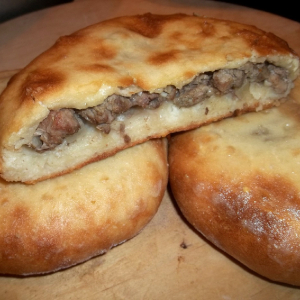Yesterday we carefully cherry-picked a selection of real, genuine, authentic, original Georgian mains – stuff apart from the myriad dishes and styles borrowed from its ancient-rooted, former Soviet satellite Caucasian neighbours. Today we’ll visit the national bakeshop – a Georgian mainstay…
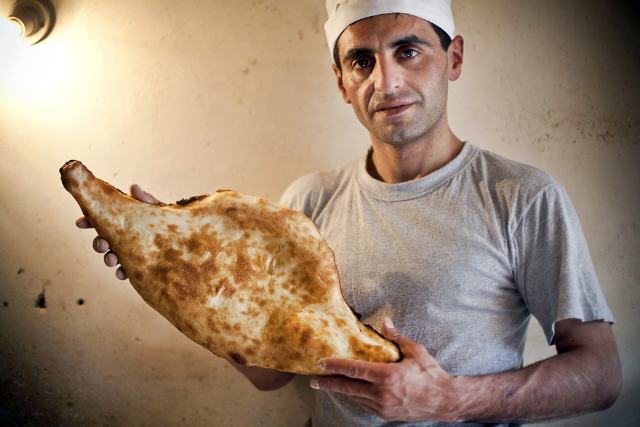 Shotis Puri: The anytime, any meal bread of Georgia.
Shotis Puri: The anytime, any meal bread of Georgia.
Breads
Georgia has few traditional stand-alone breads. Most of their crusty creations are found stuffed with savoury or sweet fillings or wrapped around other foods. But they do have three original breads that are considered daily necessities.
Shotis Puri: Georgian Flatbread. Made like Indian Naan, by sticking pulled dough to the side of a clay oven and baking until crispy on the outside, and soft and cloudlike inside. It’s thicker and more-fine-grained than Naan, but it’s definitely a relative to the Indian staple. It’s eaten at all meals, as a snack and is great for dipping in stews and sauces.
Chvishtari: A flat, oblong fried bread made from cornflour, milk, eggs, oil, salt – and cheese such as feta, sulguni or halloumi. All in the dough.
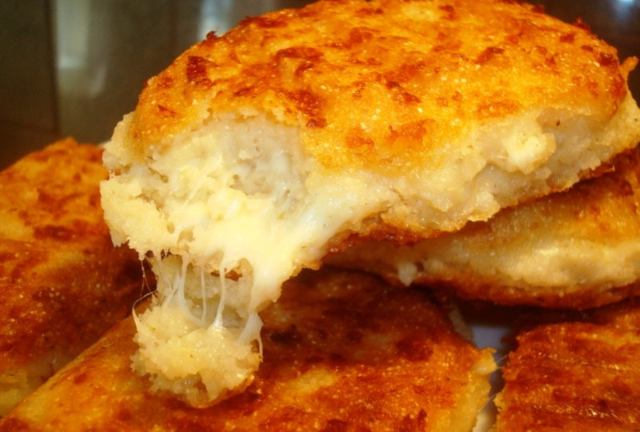
It’s fried in a well-greased pan – cast iron is recommended. It’s best eaten fresh and hot from the pan, or at least before the day is out. It’s just not the same reheated the next morning.
Mchadi: A simple bun made of cornmeal, salt and water. They’re shallow-fried in hot oil until golden brown. Great to grab and go!
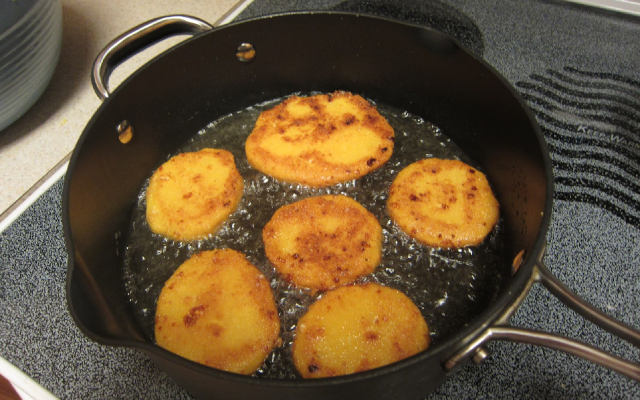
Best eaten fresh and warm. A filling, chewy bite at best, but it gets even heavier and stiff when cool. A traditional partner for cheese and savoury mains.
Tonis Puri: A special, usually round loaf with raised edges, made from the same dough as everyday Shotis. It’s a fave at Christmas and other festive times. Often filled.
Hand Sandwiches & Filled Breads
Lobiani: A flatbread stuffed with mashed beans. The dough is just flour, yeast, salt and water – but the proportions of those ingredients and lack of fat or oil distinguish it from conventional pastry.
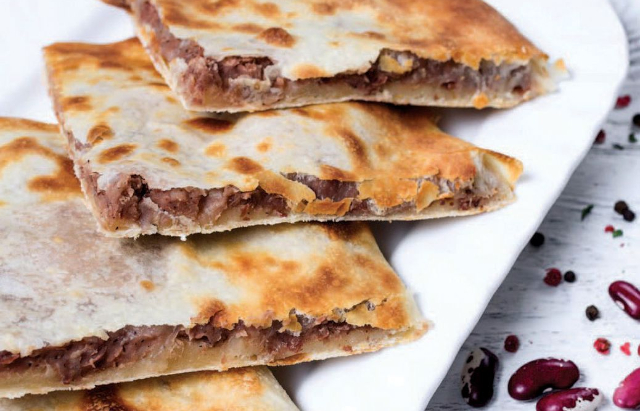
The filling – usually based on kidney beans – is flavoured with onions, parsley, coriander, and fresh ground black pepper.
Khachapuri: As you might guess, Puri dough is shaped into a fat ‘canoe’ with raised sides. They put a lot of different fillings in it depending on where in the country you are dining, but the original is simply topped with melted cheese, eggs and butter, and baked until the egg is done ‘sunnyside’.
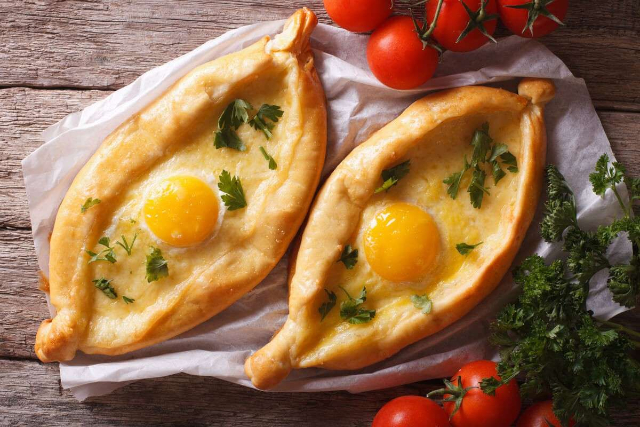
Google ‘Khachapuri’ and you’ll get back multiple links to all kinds of variations! A couple of important ones include…
Imerulian and Ossetian Khachapuri: Both are stuffed, with fillings spread between two layers of dough which are then joined around the edge. The Ossetian variety is filled with a mix of spiced mashed potatoes and cheese. The Imerulian version – the most popular of its style – is filled with a mix of eggs and soft cheese – almost a quiche, without the milk.
Gurian Khachapuri: A distinct variety of the national pie, this one uses a yeast-raised dough filed with grated cheese and hard bouled eggs before being shaped into a crescent and baked.
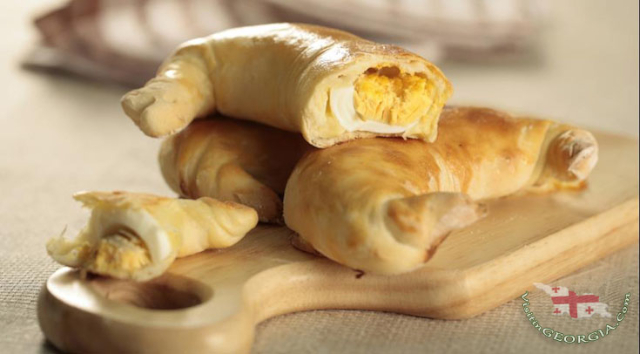
It’s a beloved Christmas specialty in Guria, the Western Georgian province where it originates.
Kubdari: A flat yeast-raised ‘loaf’ stuffed with beef, pork or a mixture of both, sort of like a chunky meatloaf (see photo, top of p[age). Spices and flavours include cumin, dill, coriander, fenugreek, red pepper, onions and garlic. The loaf usually gets a butter glaze and – as you might guess – is best eaten hot. Tends to be on the heavy, greasy side, like an Irish hand pie, when eaten cold. So, if you like that kind of thing…
And now you know…
… Just how thoroughly breads and pastries are integrated into Georgian cuisine! You also have a feel for the Georgian instinct for spicing and flavouring. Now go out and use it!
~ Maggie J.

